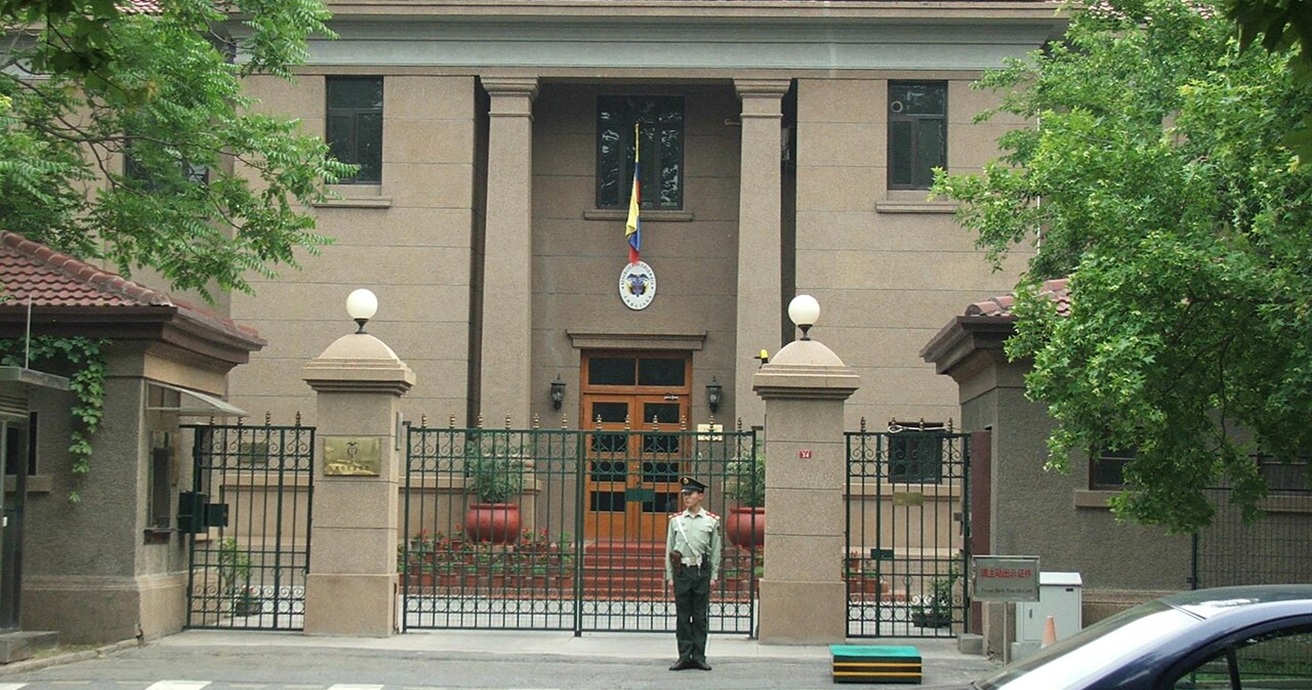Ajay Gudavarthy unpacks the success of the political right in India. In addressing the Bharatiya Janata Party (BJP) and Prime Minister Narendra Modi’s commanding lead, the book captures the emotions of everyday citizens and the ethical considerations associated with nationalism, as employed by the BJP.
Politics in India today represents hope for an aspirational identity based on India’s rising status as an emerging power, yet there is also unease and uncertainty owing to a significant decline in democratic values. The term “New India” appears predominantly in public and political discourse to signify a “changed” India, a more pragmatic polity seeped in the promise of future growth while simultaneously attempting to “correct” the mistakes of the past. As recently as July 2023, Indian Prime Minister Narendra Modi invoked the term “New India” as a new full form of the National Democratic Alliance (NDA), the coalition of parties that the Bharatiya Janata Party (BJP) leads. NDA is now described by Modi as “New India, Developed Nation, Aspiration.” In summary, “New India” is short for opportunity and promise, despite a plethora of unfulfilled economic promises amid a weakening of Indian democracy driven by the ideological project of Hindutva or Hindu nationalism. Politically, the Modi administration retains popular dominance, visible in strong electoral support and high approval ratings among India’s citizenry. In this book, titled Politics, Ethics and Emotions in New India, Ajay Gudavarthy explains this cognitive dissonance with a focus on emotions.
Published in 2022, Gudavarthy examines events since the 2019 Indian general election that led to the overwhelming majority of the BJP and asks some crucial questions – how do emotions mobilize in politics? How do they frame ideologies? He further asks, “what is the interface between ethics and emotions that we need to envisage, and how can we carve newer space for what can be identified as ethical emotions?” Spread over 19 chapters in an attempt to answer these complex yet crucial questions, the author investigates through a series of themes, policy frames, and ideological debates how the [Hindu] “Right” mobilises emotions and connects to everyday ethics. With a focus on the emotional churn, Gudavarthy traces the consolidation of the “Right” in India and highlights the reasons for its electoral success with a focus on the interplay between ethics and emotions, such as fear, anxiety, guilt, shame, anger, hatred, betrayal, and violence.
The book engages with the ideas of political philosopher Martha Nussbaum and draws on everyday conversations with a cross section of people across India – the carpenters, the taxi drivers, and the small business owners. A large part of the book presents this emotional reasoning – not just from the streets of “New India” but also from seemingly banal household conversations. Gudavarthy argues that “popular narratives may appear random, illogical or ill-informed but what underlies these popular perceptions that become the basis for the emergent emotive majority is their emotional content.” They absorb, he argues, “emotions that lie subsumed by a liberal order.”
The chapters in the book traverse through three distinct ideas. It looks first at politics and emotions, and the construction of “Brand Modi” that includes within it the delegitimisation of dissenting voices, identification of enemies of the state in now recognised frames such as urban Naxals, and violent minorities – giving voice to narratives of Hindu victimhood. Gudavarthy traces and compares the distinct chaos and narrative of hope proclaimed in the 2014 elections – one that presented Modi as saviour, to a transition to a narrative of rage since 2019. The shifting images of Modi, as the volume contends, develops through a combination of “maintaining moral and ethical superiority through silence on controversial subjects” and distance from the media, and the selective projection of strength. The scripting of “Brand Modi,” as the author argues, has been achieved through a combination of “fear, personality cult, offsetting defeatism and disappointment by muscular triumphalism and retributive cynicism.”
In the second part, with chapters seven through ten, Gudavarthy deals with economy and ethics, with a significant focus on the political economy of citizenship as reflected in the vexed debate on the Modi government’s Citizenship Amendment Act in 2019. The Hindu “Right,” as the book emphasises, has explained economic underdevelopment through cultural majoritarianism, supported by a manipulation of institutions and a compliant media. Falling incomes and a lack of jobs, for instance, are now petty difficulties, to be left by the wayside on the path to “see this new India” beyond their own selves. This has been achieved through a confluence of Modi and the BJP’s understanding of public morality, coupled with a weak opposition in the Congress party, lack of power in regional parties, and the BJP’s manipulation and disregard for India’s federal structure. These factors have strengthened the cynicism of the electorate. To demonstrate how economic problems under the BJP government in power have been transformed into non-issues, Gudavarthy provides insights from an ethnographic survey in Telangana. When asked if demonetisation caused economic losses, respondents professed a wholesale endorsement of Modi’s leadership and said, “only those who are guilty complain!”
In an attempt to offer solutions, rather than a restrictive focus on symptoms and problems, in the final part of the book, Gudavarthy offers alternatives, tools per se, to fight Hindutva. These include recommendations for liberal progressive activism to reclaim its place. In responding to the Hindu “Right’s” citizenship debate, for instance, the author argues that “majoritarian Hindutva politics cannot be fought exclusively around a religious discourse or that of secularism pitted again communalism,” which is what liberal opposition tends to do. Instead, Gudavarthy argues that social welfare policies that make citizens feel secure and less anxious are the answer to “arrest the retributive politics of majoritarianism.” Further, Gudavarthy emphasises “positive emotions” – a demonstration of alternative ethics and emotions. He suggests that Muslim politics needs to go beyond building narratives of Islamophobia. For politics on the left of the spectrum, there is a need to connect cultural revolution to political and economic programs, protecting against majoritarian exclusion in this “new India.”
To the readers, this book offers a deeply engaging analysis of politics in India today. The author provides much needed attention to the minutiae of India’s populist turn and its majoritarian politics. What the book is missing are substantive conversations among more recent academic literature that delves into these issues. Doing so, perhaps in a follow up volume, can add further value and develop a more collective understanding of these questions.
Dr Stuti Bhatnagar is a Research Fellow (Asian Security) at the Strategic and Defence Studies Centre (SDSC) at ANU. At SDSC she is the Coordinator for the Graduate Research and Development Network on Asian Security (GRADNAS) and the HDR Convenor.
This review is published under a Creative Commons License and may be republished with attribution.




